Introduction
In today's bustling world, full of city lights and constant technology, the idea of off-grid living is more appealing than ever. Imagine a life without hefty utility bills and constant reliance on technology. One only needs to focus on being self-sufficient and living in harmony with nature. This article is the complete guide to adopting the off-grid lifestyle. Get ready to discover the hidden tips of off-grid living. Learn how to use nature's resources, and find your way to a life of freedom and sustainability.
What Does Off the Grid Mean

Living off the grid means not depending on everyday services like electricity, water, and gas. It's about being self-sufficient by using natural resources and relying less on public utilities. Essentially, living off the grid is about being self-reliant and using what nature gives you. It's a way to lessen your impact on the environment while adopting a more sustainable lifestyle. It's an adventure that helps you disconnect from regular services and reconnect with nature. In this way, you'll feel more independent and reconnected to the world around you.
How the Off-Grid Solar System Works
An off-grid solar system is a self-contained power setup. It includes solar panels, charge controllers, batteries, and inverters.
Solar panels are the backbone, capturing sunlight and transforming it into electrical energy. This energy is stored in batteries, acting as a reservoir for power usage when the sun isn't shining.
The charge controller plays a crucial role. It manages and regulates the flow of energy from solar panels to batteries. Thus, it prevents overcharging and ensures efficient energy storage.
Additionally, the inverter serves as the power hub. It converts the stored DC (direct current) energy from batteries into usable AC (alternating current) power. This will make you run household appliances and electronics.
The off-grid solar system enables individuals to seek an off-grid lifestyle. They'll be able to access a reliable power source, even in remote locations.
How to Live Off the Grid
Going off-grid requires a journey filled with practical steps and innovative solutions. Now, let's dive into the nitty-gritty of living off the grid. We'll explore hands-on tips to guide you to start your off-grid life.
1. Find the Right Location

Selecting the right location is the cornerstone of successful off-grid living. A careful choice ensures a sustainable and fulfilling lifestyle. Opt for a serene area away from urban clamor. Look for land that esay to get resources like clean water, fertile soil, open space, and abundant trees. Natural water sources like springs, creeks, or rivers, enhance self-sufficiency. It'll provide a reliable water supply.
2. Build the Smallest Home Possible

Building tiny houses is a great choice. Because they need less land and water and require less energy for heating and cooling. They fit well with a simple lifestyle. Think about what you really need in your home. Then you'll see how awesome and practical these smaller, eco-friendly homes can be!
3. Install a Solar Power System
To get reliable and renewable energy while living off the grid, a solar power system is indispensable. It can store the converted electricity and work as an inverter. However, deciding on the most suitable solar power system can be challenging. Fortunately, the Pegiant MItos Y700 portable solar generator caters to off-grid living. It ensures a dependable source of clean energy.

This portable powerhouse is a game-changer for off-grid living. Its crossbody bag-style design truly frees people's hands. The 700W power output and 307Wh capacity make it helpful for various situations. Whether you're on a camping trip, in a remote cabin, or seeking backup power for emergencies, the Pegiant MItos Y700 stands ready to assist. Its rapid charging capability swiftly reaches 80% from 0% in just 50 minutes. This could meet your demands without delay. Moreover, its multiple ports enable simultaneous charging of up to 10 devices. This covers lots of off-grid scenarios.
The PV100 solar panel is more surprising. It is 44% lower and 24% lighter than similar products. What an unmatched portability! It also boasts an industry-leading 22.5% high conversion rate. This will maximize sunlight absorption for optimal efficiency.
The Pegiant MItos Y700 solar generator, boasting an IP67 waterproof rating, excels even in rugged environments, establishing itself as a reliable off-grid partner.
4. Set Up Reliable Backup Power
While solar power system is the optimal electricity source in off-grid setups, it's worth considering setting up a wind or hydroelectric power system. This depends on where you live. Whether the area is closer to abundant water resources or with strong wind conditions. This ensures a steady power supply. Even when you need a large amount of electricity, and the sunlight isn't as intense.
5. Establishing a Sustainable Water Supply

Water is the source of life, especially when living off the grid. Collecting rainwater, digging wells, or installing water purification systems. This is to make sure you get a stable water source. Using efficient plumbing systems and water-saving devices throughout the living space. So water efficiency will be maximized.
6. Creating Waste Management System

Set up a reasonable waste management strategy. Install separate bins for recyclables and organic waste, and cut non-recyclable waste. Design a closed-loop system. So the waste materials are reused or repurposed. This is to minimize environmental impact while maximizing resource efficiency.
7. Learn to Grow and Preserve Your Food

Embrace self-reliance by cultivating your food through organic gardening and permaculture methods. Start by growing a variety of vegetables, fruits, and herbs that thrive in your region without synthetic chemicals. Explore food preservation techniques like canning, drying, and fermenting. Store excess produce for future consumption. This ensures a sustainable and readily available food source throughout the year.
8. Save and Earn Money Creatively
Discover inventive methods to cut expenses and boost income while living off the grid. Consider engaging in bartering with neighboring off-gridders to exchange goods or services. Explore crafting handmade goods that align with your skills and interests. Then you can sell or trade them. Explore freelance work opportunities or remote employment. So you can keep your income while maintaining flexibility.
What Are the Pros and Cons of Living Off the Grid

Pros:
- Eco-friendly and sustainable lifestyle: Off-grid living is all about renewable, clean energy sourced from nature. It reduces carbon footprint and protects the environment.
- A more stable power supply and more independence in energy consumption: When using the public power grid, there's relatively less freedom in electricity usage. Unexpected power outages can catch you off guard. In an off-grid lifestyle, the power system is self-built. Individuals will get a more stable power supply and a greater sense of independence.
- Cost-saving benefits in the long run: As electricity prices continue to rise, people are actively seeking more power solutions. Opting for an off-grid lifestyle undoubtedly promises substantial savings in the long run.
Cons:
- Require time and effort to maintain: Once you've set up the various systems, they require regular inspections and repairs. This demands a lot of energy and time.
-
High initial costs: Systems like power supply, water supply, and waste management require lots of purchase at the beginning. It can be a significant expense.
Conclusion
We've discussed how off-grid solar systems work and how to live off the grid. You likely have a clear plan for your off-grid lifestyle. Living off the grid creates a self-sufficient and sustainable way of life. This significantly reduces the impact on the environment. Investing in an off-grid solar system is one of the best ways to ease the pressure of off-grid living. You can cut down on expensive utility bills and enjoy independence with sustainable resources.
The Pegiant MItos Y700 portable solar generator is very easy to set up. This makes it assist in various indoor and outdoor scenarios. As an ideal solar solution, it can charge about 90% of your daily devices. With the Pegiant MItos Y700 solar generator, your off-grid journey will be more reliable and worry-free.

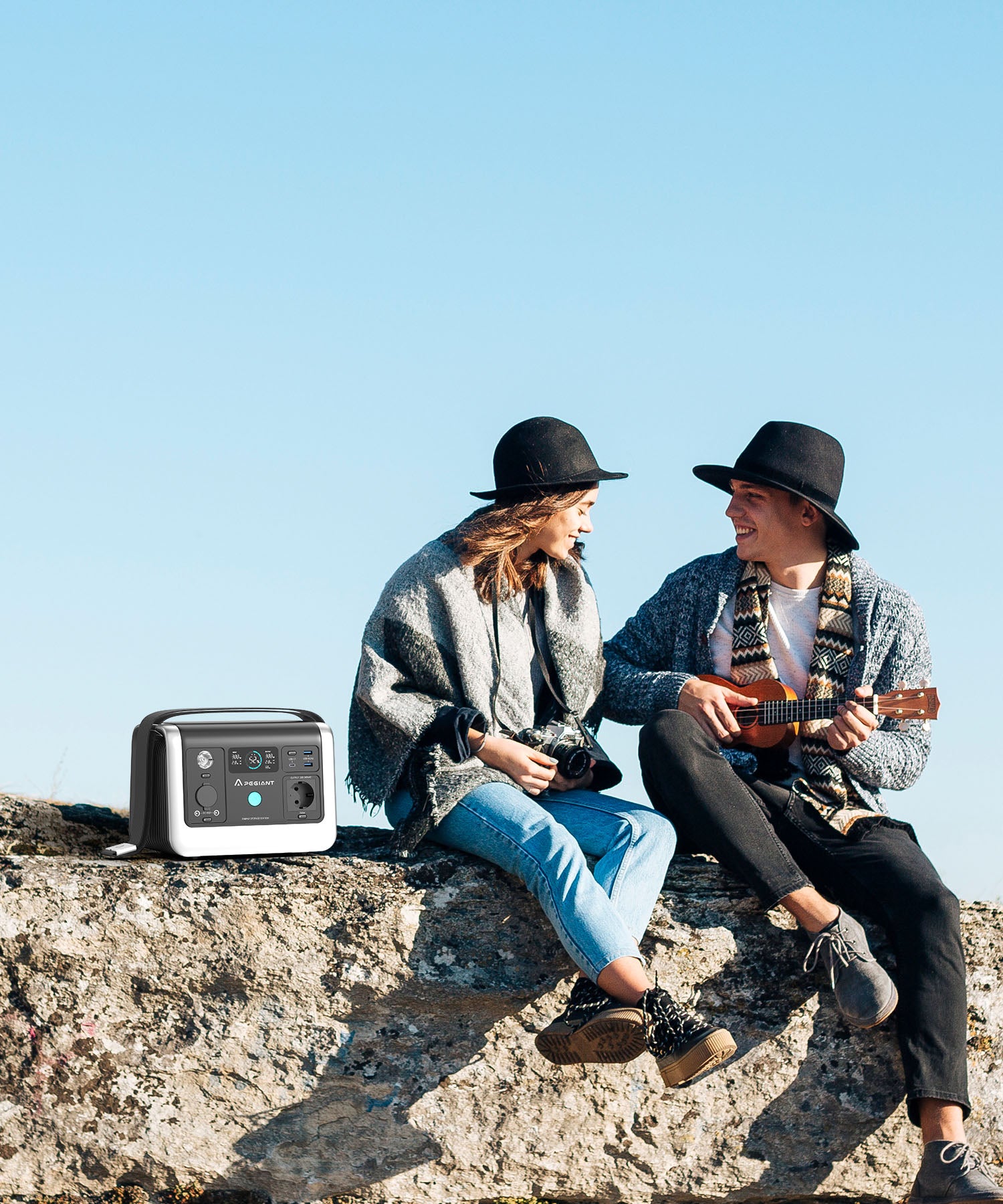
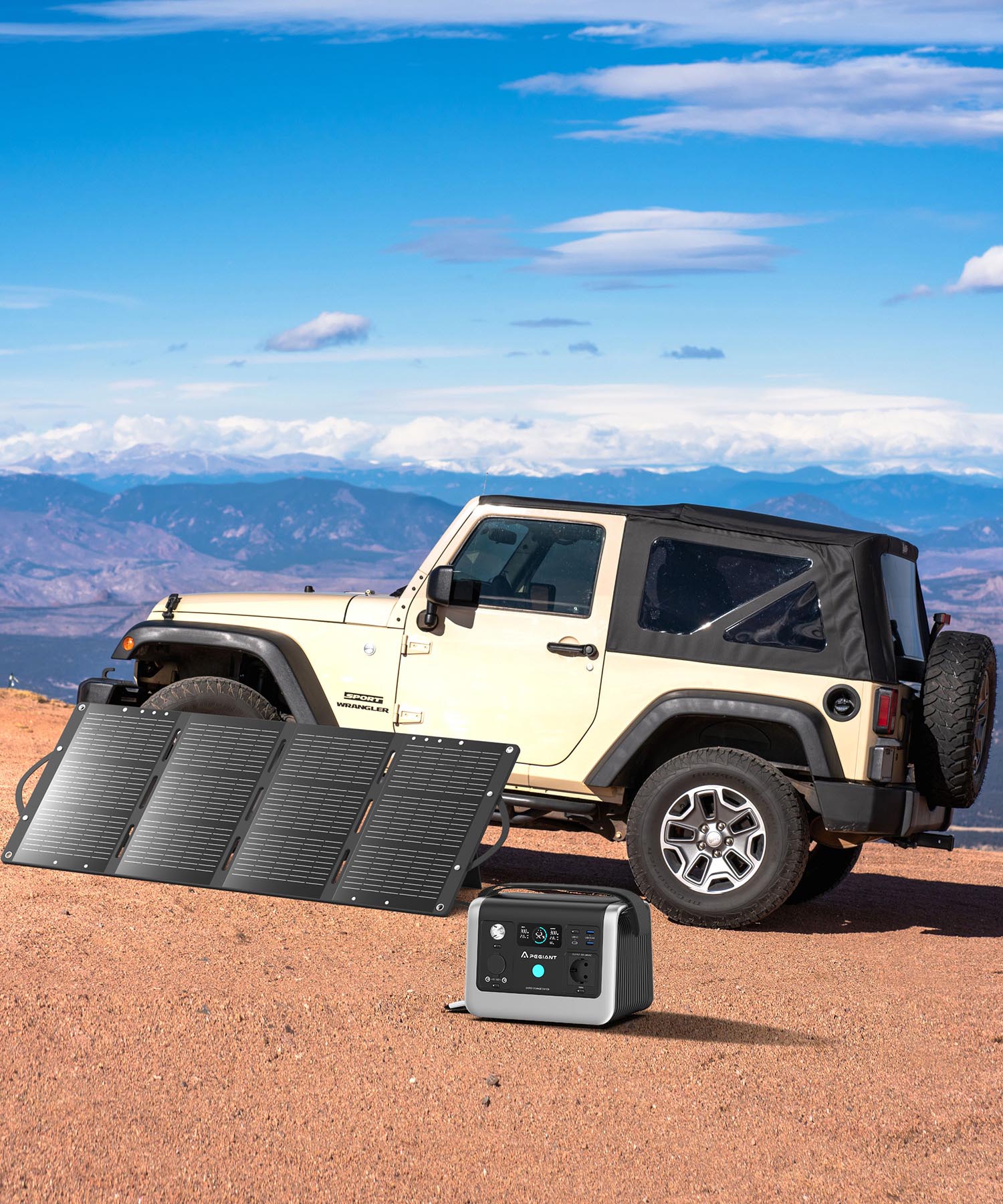

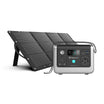
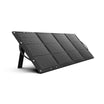

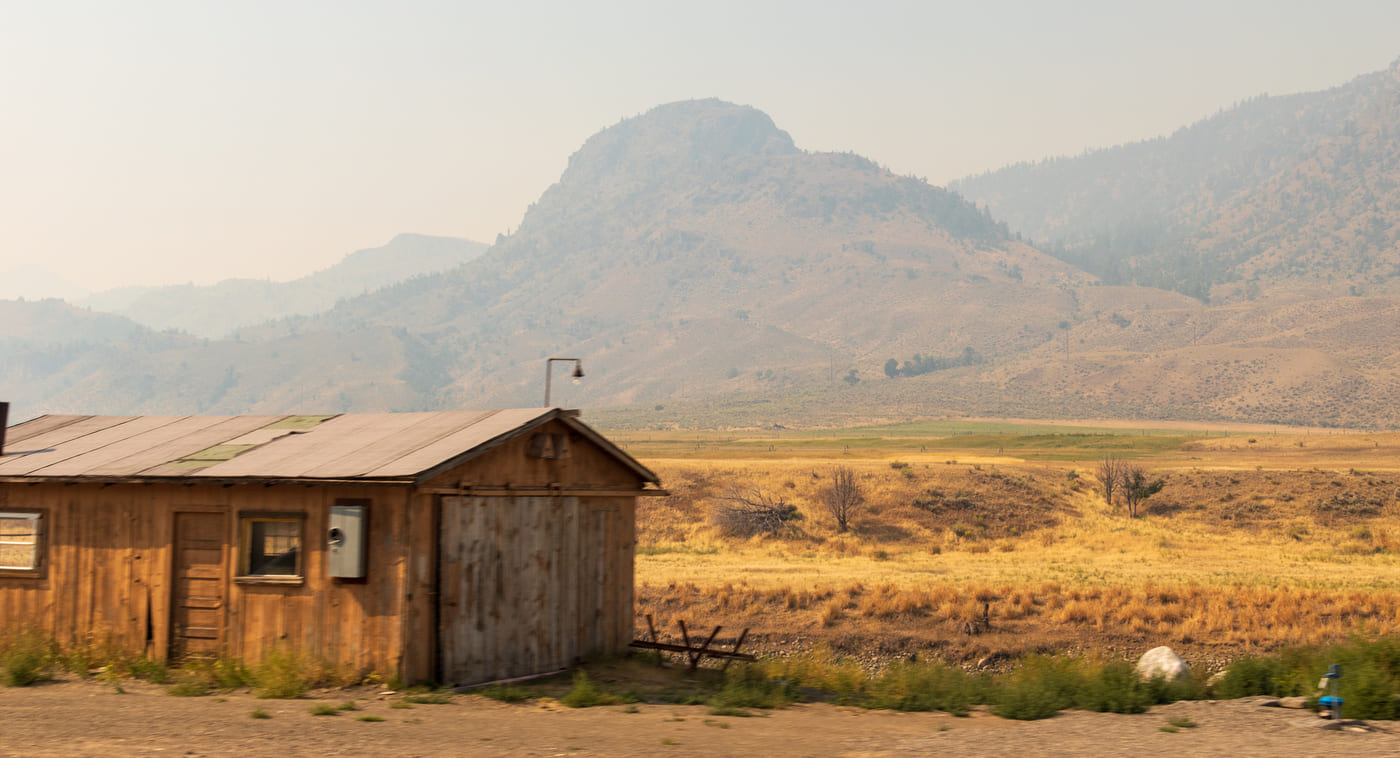

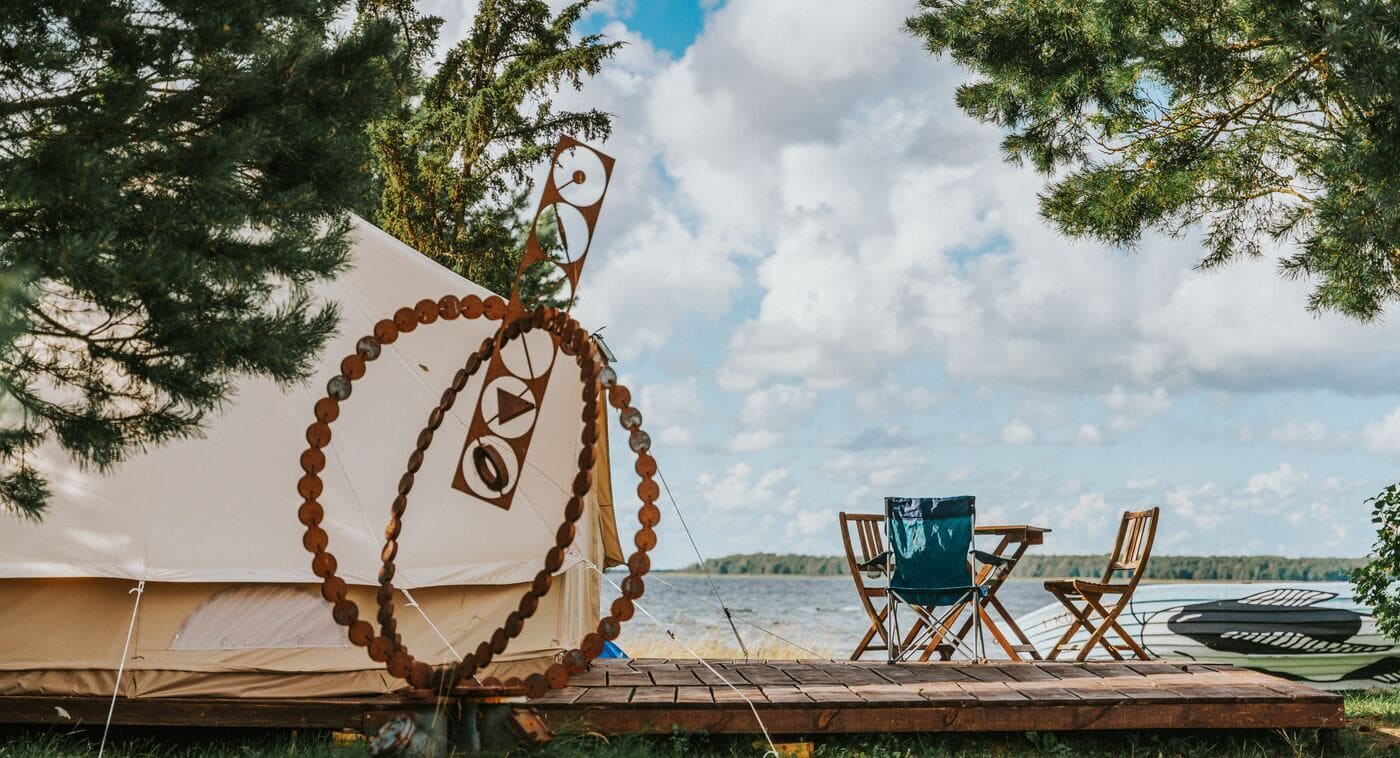
Leave a comment
This site is protected by hCaptcha and the hCaptcha Privacy Policy and Terms of Service apply.